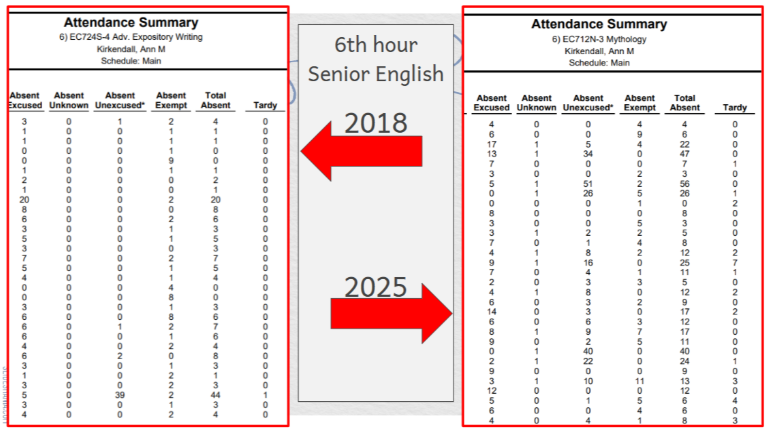Seasonal affective disorder: a hidden disease
December 7, 2021
Winter blues: a feeling of depression associated with experiencing the cold and darkness of winter. A common phenomenon. During the cold season moods often shift. People might find themselves having a harder time waking up, being cheerful, and being their normal self. Is it the cold? What about the loss of daylight? Both can be answered through Seasonal Affective Disorder (SAD).
SAD is a type of depression that occurs during the change of seasons. Commonly SAD occurs during the change from fall to winter.
When we are in the winter season daylight is diminished. Studies have shown that reduced sunlight isn’t uncommon to lower human serotonin levels. Unfortunately, lower serotonin levels have been found linked to depression. In the winter months, humans struggle to receive sunlight.
If you believe you have SAD, common symptoms might include:
- Feelings of sadness and hopelessness
- Feeling tired all the time
- Not enjoying activities you usually do
- Not eating and maintaining physical health
- Getting agitated easily
If you notice these symptoms it’s important to take care of yourself and your mental health, because SAD can make a significant impact on your everyday life. For example, a junior at West Ottawa High School, Jane Smith (not her real name), is affected by SAD every year from the change from fall to winter.
“Every winter I always feel like I’m not myself anymore. The winter just gives me the desire to stay in bed and not go out and do anything. Sometimes I feel like a bear hibernating,” Smith said.
During the winter, her school attendance is slim. When she does go to school she said, “By the time I get picked up by my mom at school, it’s already getting dark out.” Her day is considered over at that point, she goes home, does homework sometimes, eats food, and then sleeps.
“I’m just not motivated to do anything like I usually am,” Smith said. During the summer and spring months, she participates in sports and hangs out with friends. “I think I go out with friends maybe once or twice every two weeks during the winter months compared to every day in the summer. The cold and darkness of winter just make me want to curl up in my room eating and watching a show or movie,” she said.
Researchers have found that a combination of light therapy, medication, and psychotherapy can reduce SAD symptoms. Light therapy is when people bask in a beam of light from a lamp or box, providing a sense of comfort.
Light can be a key factor in people’s moods. Being a stimulus for vision, light excites cells in the retina that send signals to the brain. A certain pathway goes to the hippocampus, the part of the brain that controls our basic physiological processes (sleeping and body temperature). The hippocampus keeps our body functioning on a regular clock, known as the circadian rhythm or biological clock.
Those who suffer from SAD are out of rhythm with their biological clock. Their body functioning is thrown off. With irregular functioning, sleep is lost throughout the night and other body functions can be disrupted, including metabolism and regulation of cholesterol.
Smith has seen a therapist who suggested she try light therapy. “I went on Amazon and simply searched up “light therapy lamp.” I was surprised when so many options popped up. I quickly ordered one,” Smith said.
Smith uses her lamp every time she feels down or unmotivated in the winter. She will turn the light on when she sleeps even, allowing her to feel relaxed and to sleep easier. “It impacted my energy and overall mood. I feel happier than I ever have during winter,” Smith said.
Smith suggests that anyone who has SAD tries light therapy or another treatment. To diminish your symptoms of SAD with treatment, people must plan for these upcoming tough times. “After I discovered light therapy I made sure to start using my lamp the next year even before it completely changed to the winter season. I found I had more energy than I did at the same time last year,” Smith said. Life is more enjoyable during seasonal change when your condition is treated.
Overall, SAD is a real condition that should be recognized more often. Everyone has rough times and having a disorder during seasonal change is tough. To reduce people’s SAD symptoms or help avoid it, make sure to check in on people you know and recommend treatment if needed.




